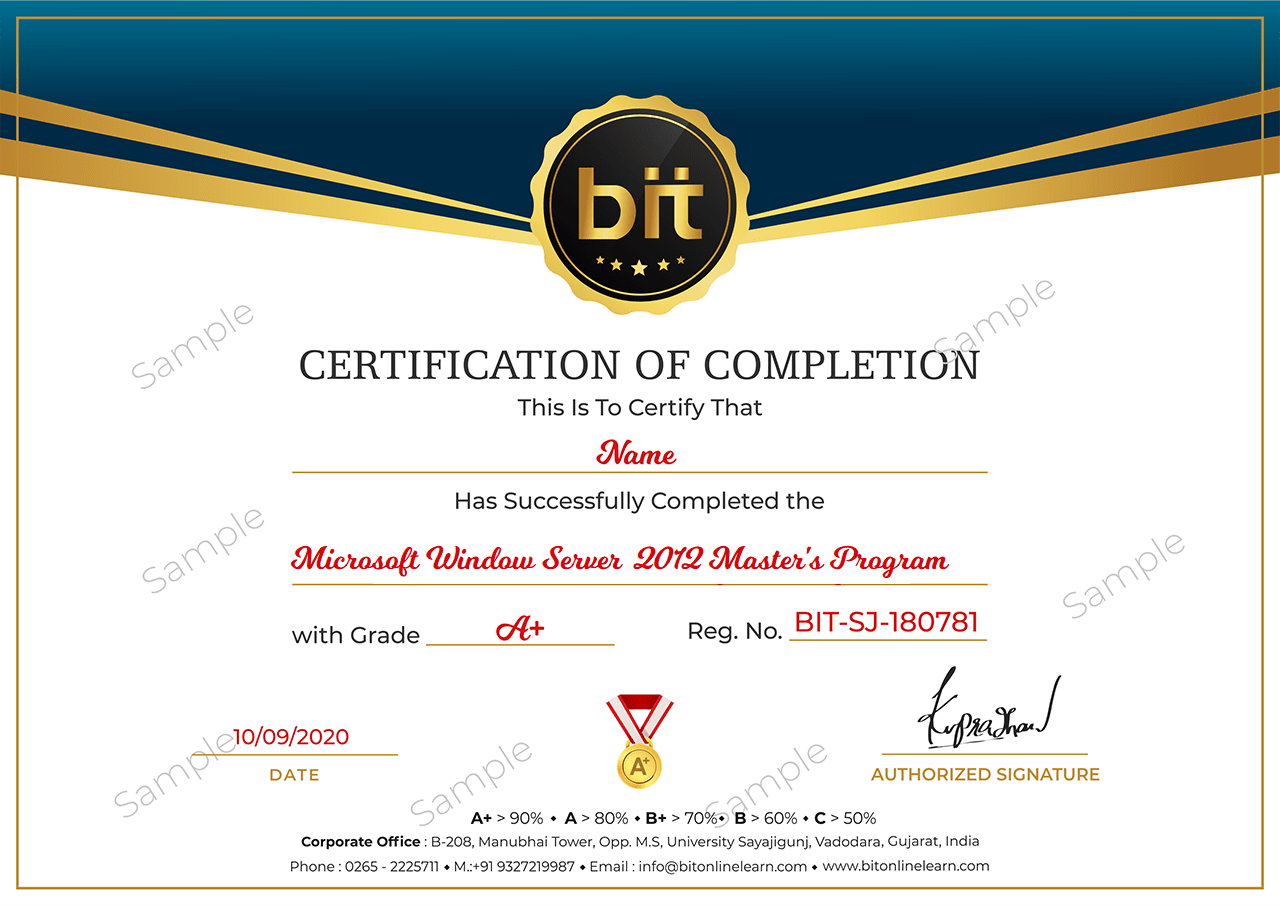Live Lecture
In this Lecture, you will learn how to implement and manage remote access in Windows Server 2012. You will also learn how to implement Direct Access by using the Getting Started wizard, implement and manage an advanced Direct Access infrastructure, and implement VPN.
• Lessons
• Overview of Remote Access
• Implementing Direct Access by Using the Getting Started
Wizard
• Implementing and Managing an Advanced Direct Access
Infrastructure
• Implementing VPN
• Implementing Web Application Proxy
• Lab: Implementing Direct Access
• Readiness for a Direct Access Deployment
• Configuring Direct Access
• Validating the Direct Access Deployment
• Lab : Deploying an Advanced Direct Access Solution
• Preparing the Environment for Direct Access
• Implementing the Advanced Direct Access Infrastructure
• Validating the Direct Access Deployment
• Lab : Implementing VPN
• Implementing VPN
• Validating the VPN Deployment
• Lab : Implementing Web Application Proxy
• Implementing Web Application Proxy
• Validating the Web Application Proxy Deployment
• After completing this Lecture, students will be able to:
• Install the Remote Access role in Windows Server 2012
operating system
• Manage the Remote Access role in Windows Server operating
system
• Implement Direct Access by using the Getting Started Wizard
• Implement and manage an advanced Direct Access
Infrastructure
• Implement VPN access
• Implement Web Application Proxy







